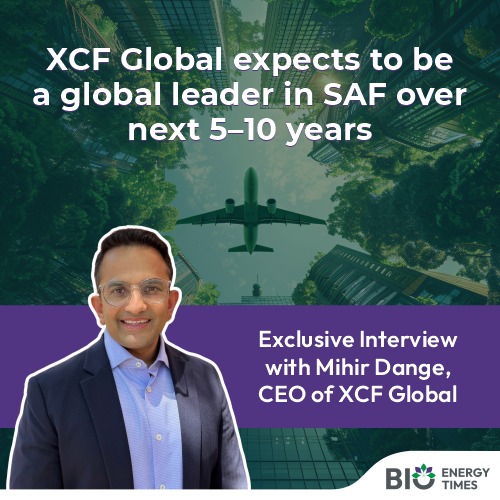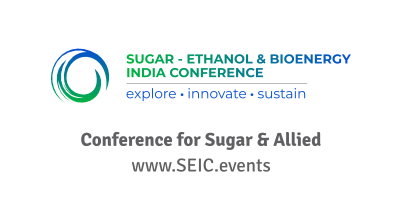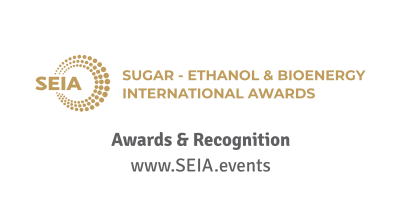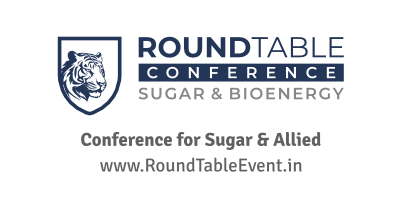Sustainable Aviation Fuel (SAF) is rapidly emerging as one of the most viable low-carbon solutions for the aviation industry, offering a pathway to significantly reduce the sector’s greenhouse gas emissions. With growing regulatory support, increased corporate demand, and airlines’ commitments to achieve net-zero emissions, SAF is gaining attention. The market for SAF is expected to grow substantially in the coming years as it addresses the aviation industry’s critical need for sustainable, scalable alternatives to traditional jet fuel.
In an exclusive interview with our Editor Prakash Jha, Mihir Dange, CEO of XCF Global, shed light on how his company is positioned to take advantage of this market boom. Dange discussed XCF Global’s unique role as a dedicated SAF producer, its operational advantages, and the strategic initiatives the company is undertaking to meet the growing demand. As XCF Global prepares for its upcoming NASDAQ debut, Dange highlighted the company’s commitment to sustainable growth and its vision for the future of aviation fuel.
Q. The market for Sustainable Aviation Fuel (SAF) is projected to experience substantial growth. What makes this market so attractive to institutional investors, and how does XCF Global plan to capitalize on this growth?
Sustainable Aviation Fuel (SAF) represents one of the most commercially viable low-carbon solutions for aviation in the global energy transition. Investors are increasingly seeking assets that combine strong fundamentals with measurable ESG impact. The SAF market does exactly that. It is backed by regulatory momentum, growing corporate demand, and decarbonization mandates from governments and airlines around the world.
At XCF Global, we offer early access to SAF as a dedicated, pure-play producer. Our New Rise Reno production facility is operational and has an expected annual production capacity of 38 million gallons of neat SAF. We have a long-term agreement in place with Phillips 66 to provide non-food feedstock and offtake of renewable fuels, providing cash flow visibility and stability. XCF’s early-mover advantage and rapid scalability are compelling.
Q. What do you believe are the key factors driving the increasing demand for SAF, and how can investors ensure that they are getting the best return on their investments in this space?
Several converging forces are driving SAF demand: airline net-zero commitments, regional SAF blending mandates (especially in Europe), the rise of corporate ESG targets, and, most notably, the aviation industry’s lack of viable alternatives to liquid fuels. SAF is no longer an idea for decarbonizing the aviation industry – it’s the solution.
We believe stakeholders need to look at producers with real offtake agreements, proven production capacity, and scalable infrastructure. XCF is already delivering SAF. Our ability to monetize carbon credits, the opportunity to secure advantageous pricing in international markets, and deploy capital efficiently gives us a financial and operational edge in this space.
Q. XCF Global is set for its NASDAQ debut. How do you envision this public listing benefiting the company in both the short and long term?
Our NASDAQ listing is a milestone that positions us for scale, visibility, and access to growth capital. In the short term, it allows us to broaden our shareholder base, attract institutional coverage, and deepen investor engagement. It also enhances credibility with customers, regulators, and trade partners.
Long term, being a Nasdaq listed company provides us with a platform to expand our production footprint, explore new technologies, and solidify our position as a leading pure-play SAF company globally. We’re committed to delivering sustainable returns to shareholders – financially and environmentally.
Q. As the only public pure-play SAF producer in the U.S., what specific advantages does XCF Global have over competitors in this rapidly growing sector?
We are operational today with expected annual production capacity of 38 million gallons of neat SAF output from our New Rise Reno production facility. That head start matters – especially in a market where demand vastly outpaces supply and bringing new facilities online is challenging.
We also benefit from:
- Project pipeline: Our Reno, Nevada facility and an adjacent plot for SAF facility development is strategically located within proximity to SFO, LAX, and other west coast airports. This second facility in Reno is expected to come online in 2027. Additional plants in Florida and North Carolina are expected to service the Southeast and East Coast regions of the US and provide convenient access to deepwater ports that facilitate export. The Florida and North Carolina facilities are expected to come online in 2028 after which XCF expects to have the ability to produce 159 million gallons of annualized neat SAF production.
- Feedstock flexibility: Our pre-treatment process allows for multiple non-food feedstock inputs, improving stability and reducing CI scores.
- Fortune 50 partnerships: Partnership with Phillips 66 validates our model and provide supply chain stability.
- Scalability: New Rise Reno has a pending utility patent related to the design, layout and configuration of its production facility. This site design requires less area to build a production facility and can be efficiently replicated as modular design allows for rapid expansion.
Q. Many clean energy companies have gone public in recent years. How does XCF Global’s strategy differ from other clean energy plays, and what sets you apart in the market?
Many clean energy IPOs have focused on long-term R&D or future-forward concepts. XCF is different—we’re built to deliver. We have an operating SAF facility, a long-term supply and off-take agreement with a Fortune 50 Company , and are generating revenue. Our unit economics work because we’ve designed our business around flexible feedstocks and offtake certainty.
Q. Airline net-zero commitments are driving the adoption of SAF. How quickly do you see the airline industry transitioning to SAF, and what role do you believe XCF Global will play in this transition?
Several major airlines around the world have committed to achieving 10% SAF usage by 2030. The transition is accelerating as carbon reduction becomes a competitive and regulatory imperative. However, the biggest bottleneck is supply—and that’s where XCF comes in.
We’re one of the few producers prepared to meet this demand. Our role is to bridge the supply gap, de-risk procurement for airlines, and provide low-CI SAF that helps them meet their sustainability goals. We’re not just a supplier—we’re a strategic partner in their net-zero journey.
Q. What challenges do airlines face in terms of SAF supply, and how is XCF Global positioned to help bridge that gap?
Airlines face three primary challenges: availability, cost, and carbon intensity. Many facilities won’t be online until the end of the decade, leaving a multi-year supply shortage. Pricing remains volatile, and not all SAF is created equal—many options still have high CI scores.
XCF addresses all three:
- Availability: Our flagship facility, New Rise Reno, is online today with expected annual production capacity of 38 million gallons of neat SAF
- Cost: Our ability to diversify feedstock types allows us to effectively manage input costs.
- Carbon impact: Our fuel helps customers earn value in carbon markets.
Q. Can you provide insights into the company’s strategic expansion plans in Nevada, Florida, and North Carolina? How do these regions align with the company’s broader vision for growth?
Our site strategy is designed for scale and resilience. Reno, Nevada is our first operational site, providing immediate production and proximity to West Coast aviation hubs.
XCF is developing an additional site, New Rise Reno 2, located directly adjacent to New Rise. This site will leverage existing infrastructure at New Rise, including pretreatment, electrical, water, and logistics, eliminating the need for a full ground-up build.
The site in Florida will expand our reach into Southeastern markets, while the site in North Carolina will serve as an East Coast conduit.
These locations facilitate logistics, permitting ease, feedstock availability, and access to major transportation corridors. Our patent-pending, 10-acre design allows us to replicate production quickly, enabling a modular path to bringing our projects to life.
Q. There is a significant gap between SAF supply and demand. What specific steps is XCF Global taking to ensure it can meet the surging demand for SAF over the next few years?
We’ve taken a proactive approach to close that gap:
- Near-term production: New Rise Reno is already operational. A second facility adjacent to New Rise is projected to come online in 2027 with the Florida and North Carolina facilities expected to commence operations in 2028.
- Replicable design: Our patent-pending facility design enables rapid deployment at future sites across the U.S. and globally.
- Strong partnerships: Our agreement with Phillips 66 ensures stable feedstock and off-take, enhancing predictability and stability for our trade partners.
Q. As one of the first movers in the SAF space, where do you see XCF Global in the next 5–10 years? How will you maintain your competitive edge as the industry evolves?
In 5–10 years, we expect XCF to be a global leader in SAF, recognized for delivering clean, reliable, low-carbon fuel solutions in aviation. We plan to be operating multiple facilities in the U.S. and beyond, supplying major airlines and energy companies, and leveraging our platform to drive decarbonization across aviation and beyond.
Ultimately, our success will be defined not just by gallons produced – but by our leadership in decarbonizing the air travel.














